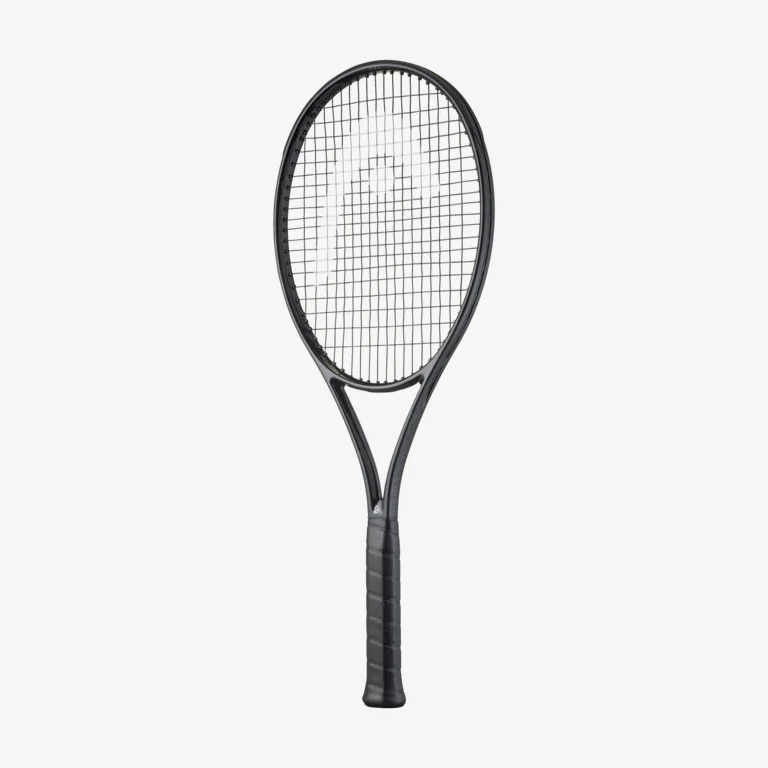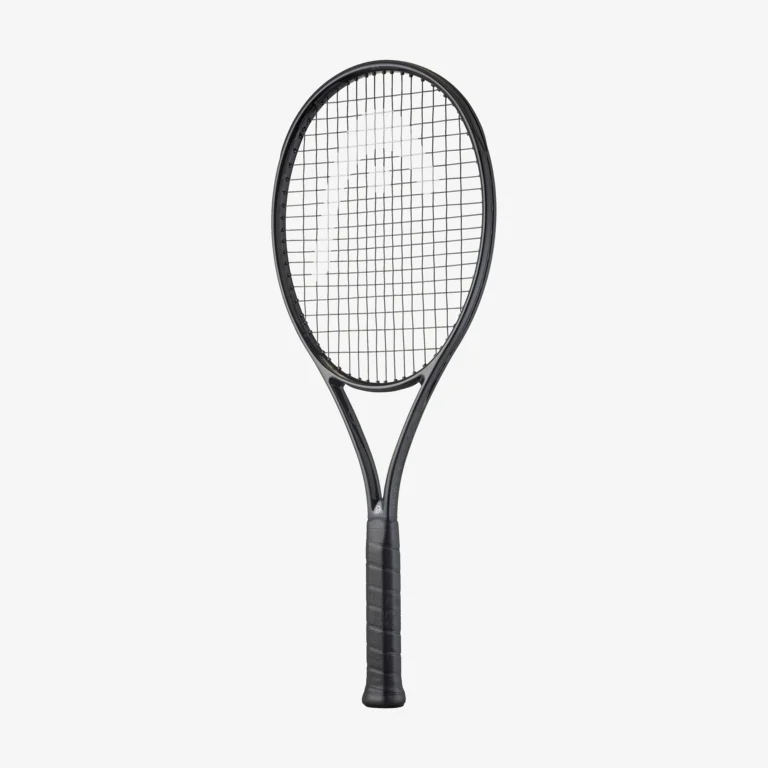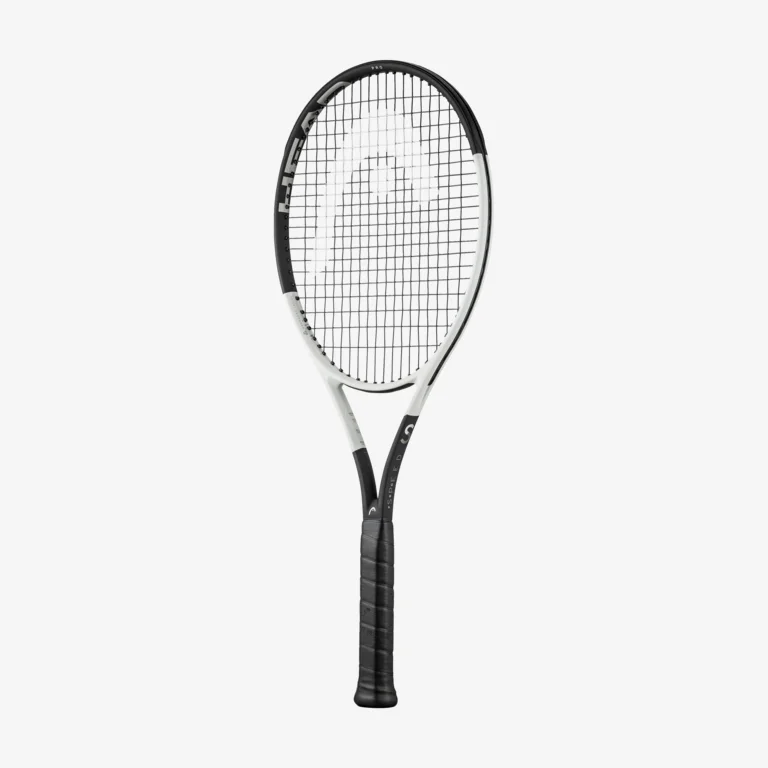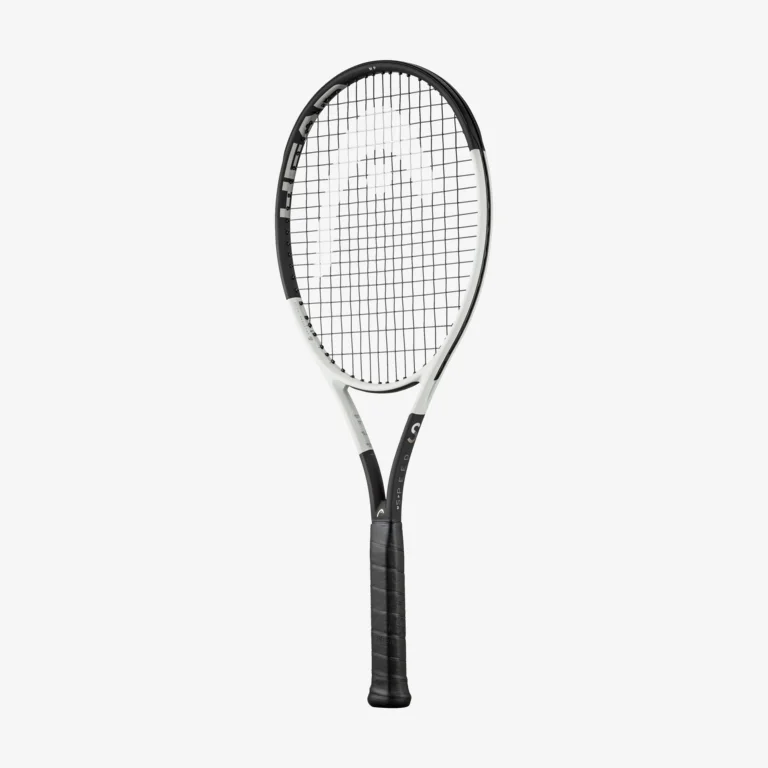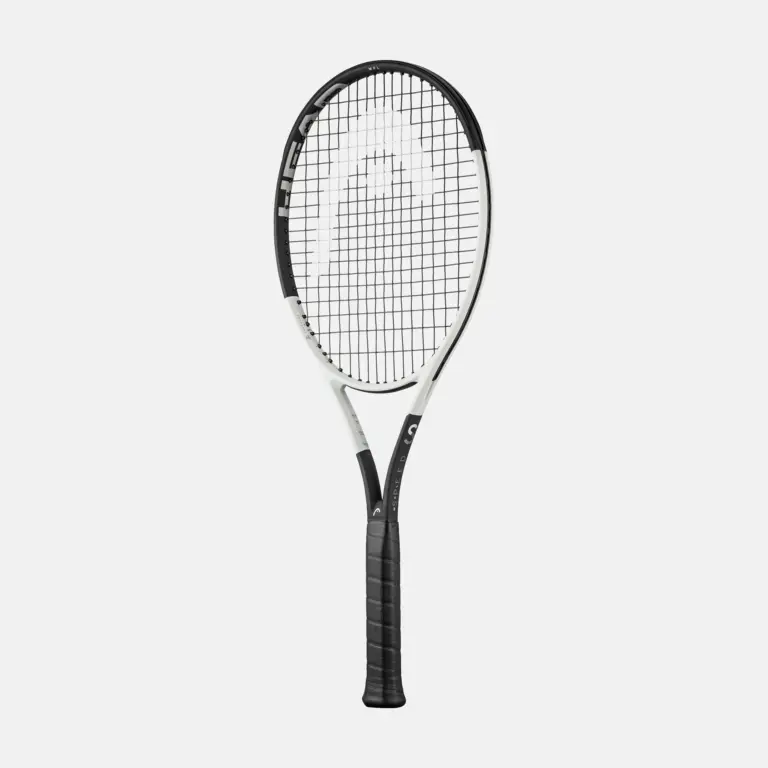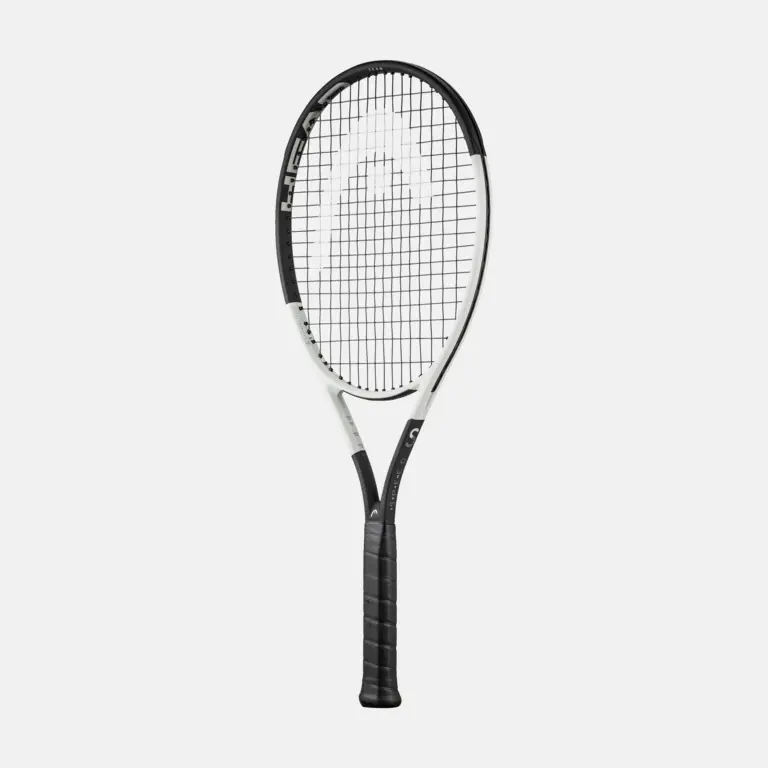The Spaniard Fernando Verdasco may be 36 years old, but he’s as fit as ever. Sandra Harwitt profiles another left-handed Spanish hero.
For many boys hitting thousands of forehands and backhands on a practice court, there is a daydream of one day becoming a top-ranked champion. For most the ambition remains unachieved, but for a special few, dreams become reality.
Fernando Verdasco grew up in Madrid as a prodigy. He was then overtaken by another big-hitting left-hander, this one from the Spanish island of Mallorca, but Verdasco has kept up a high level of play, and even at 36 and in his 20th year as a professional, he is still ranked around the top 50.
‘I was always dreaming of being a tennis player,’ Verdasco says. ‘Watching my idol, Andre Agassi, when I was 11, 12, 13, I was looking to him, always thinking I wanted to be like one of these great players.’
The son of restaurateurs Jose and Olga, Verdasco started playing tennis with his father on the two hard courts in their back yard. Eventually, he needed better quality input and started working with professional coaches.
One of those was Feliciano Lopez, whose son of the same name became close friends and ultimately doubles partners with Verdasco, Lopez reaching 12th in the rankings, Verdasco 7th.
Lopez vividly remembers his introduction to Verdasco. ‘I remember my dad telling me he had a lefty kid who was a great player, and he wanted me to see him play. So one day when he was probably 11 or 12, I went to the practice and I saw Fernando for the first time. I was surprised at how talented he was.
‘For me, he was like my little brother because of that relationship he had with my dad,’ Lopez, now 38, added. ‘The families – his and mine – are very close. When I was younger he came to Barcelona to train with me at the (Spanish) Federation one year and I was the protective guy.’
When the tennis world assesses Verdasco, there are always two key points that jump out. Firstly, it’s his mega-tonnage forehand that’s such a powerful weapon that former player and TV analyst Brad Gilbert termed it ‘fear-hand’. Secondly, there’s his attention to fitness, which he demonstrated anew when he dragged a car from a stationary position during his 2019 offseason training.
‘It was a seven-seat minivan,’ Verdasco explained during the 2020 Australian Open, his 67th consecutive career Grand Slam. ‘I didn’t know we were going to do that. There were no weights left (to add on). When I got there, they said, “Let’s see if you can move this car.” They hooked me up and we did quite a few repetitions.’
Verdasco explained why it’s important that fitness is a cornerstone of his game. ‘If I have confidence in my fitness, it helps me mentally,’ he says. ‘I need to feel that I’m strong, then my mind is at peace because I know my body is ready.
‘I’m 36, not 20,’ he added. ‘My body has already suffered for all these seasons and little-by-little I have to take care of it by stretching, resting, eating better, as I want to keep playing.’
Lopez testifies to Verdasco’s love of eating. ‘He loves food. He eats a lot, I have to say. The beast needs to be fed,’ Lopez says, but adds, ‘he’s a very relaxed guy, a nice guy, he has such a good heart.’
Verdasco is determined to stay in the game for as long as he can remain viable. He travels with his family – he married Ana Boyer, a half-sister to singer Enrique Inglesias, in 2017, and the couple have a son, Miguel, who was born in March 2019. Home is now listed as Doha, Qatar, but he spends a lot of time in Miami, Florida.
The winner of seven career ATP singles and eight doubles titles, Verdasco reached the 2009 Australian Open semifinal, where he lost a marathon five-setter to his childhood rival Rafael Nadal. Three months later he posted his career-high ranking of seven, but his best moments in tennis arguably came when playing for his country. He helped Spain win the Davis Cup in 2008, 2009 and 2011, and in all three finals he and Lopez won the doubles.
But it was Verdasco’s 2008 Davis Cup performance that stands out in his career. He and Lopez won the doubles to leave Spain 2-1 up over Argentina in Mar del Plata, and he then sealed victory with a trademark bullet forehand to beat José Acasuso 6-3, 6-7 (3), 4-6, 6-2, 6-1.
‘It’s like a dream come true and maybe the most beautiful day of my life,’ said at the time. And the victory was the making of him, as his captain Emilio Sanchez always suspected. ‘Before the final he was in some way concerned,’ recalls Sanchez today of the final that he had to fight without Nadal, ‘and that’s why I didn’t play him the first day. In the doubles he initially had a lot of issues with the environment and the people but they managed to win that third set tiebreaker and that gave him so much confidence. So I decided to play him in the last match, I thought he had a chance because he was playing so well. I think that match gave him confidence for the next couple of years. I think that is what helped place him to the top 10 where he deserved to be.’
Verdasco used that as a springboard to his best-ever year, ending 2009 at the ATP Finals in London. Interestingly, before the 2008 Davis Cup final started, Sanchez said he had inquired of Verdasco what his dream was for the weekend: ‘He said “I want to be the hero”,’ Sanchez recalls, ‘and he ended up being that hero.’
WORDS BY BARRY MILLNS
